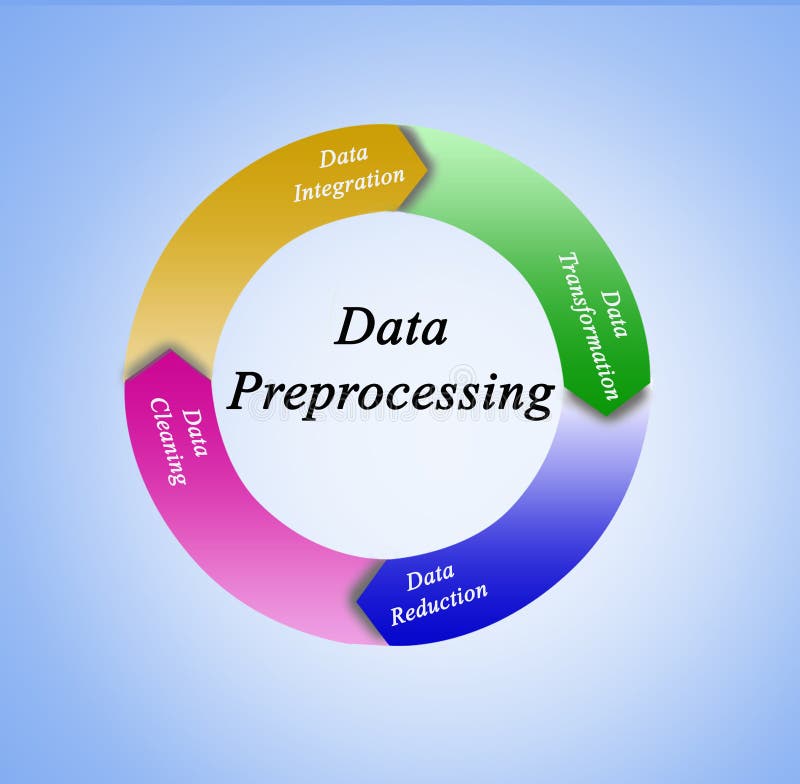In today’s data-driven world, organizations rely heavily on effective data management systems to extract insights and make informed decisions. Two key components of modern analytics infrastructure are Data Warehousing and Online Analytical Processing (OLAP). Together, these technologies empower businesses to analyze vast amounts of data efficiently.
What is Data Warehousing?
A data warehouse is a centralized repository that stores data from multiple sources. It is specifically designed to support querying and analysis rather than transaction processing. Data warehouses facilitate decision-making by providing a unified view of historical and current data.
Key Characteristics of a Data Warehouse
- Subject-Oriented: Organized around key business subjects such as sales, customers, or inventory.
- Integrated: Combines data from diverse sources into a consistent format.
- Non-Volatile: Data is stable and does not change once it is loaded.
- Time-Variant: Data is stored with time-based identifiers to analyze trends over time.
Benefits of Data Warehousing
- Enhanced Data Quality: Ensures data consistency and accuracy.
- Improved Business Intelligence: Provides a foundation for reporting and analytics.
- Faster Decision-Making: Centralized data allows quicker access to actionable insights.
- Historical Analysis: Enables trend analysis by retaining historical data.
What is OLAP?
Online Analytical Processing (OLAP) refers to a category of software tools that enable users to perform multidimensional analysis of data in a data warehouse. OLAP tools provide the capability to analyze data across multiple dimensions (e.g., time, geography, product).
Core Features of OLAP
- Multidimensional Data View: Data is organized into cubes with dimensions and measures.
- Complex Calculations: Supports advanced calculations like aggregations and ratios.
- Data Drilling: Users can drill down, roll up, or slice and dice data for detailed analysis.
- High Performance: Optimized for fast query performance, even with large datasets.
Types of OLAP Systems
- MOLAP (Multidimensional OLAP): Pre-computed cubes offer fast query responses.
- ROLAP (Relational OLAP): Operates directly on relational databases and handles large data volumes.
- HOLAP (Hybrid OLAP): Combines the strengths of MOLAP and ROLAP.
How Data Warehousing and OLAP Work Together
Data warehousing and OLAP are complementary technologies. While the data warehouse acts as the central repository for storing and organizing data, OLAP tools provide the analytical capabilities to explore and visualize the data.
Workflow
- Data is extracted from various operational systems (e.g., ERP, CRM) and transformed to a uniform format.
- The cleaned data is loaded into the data warehouse.
- OLAP tools are used to build multidimensional cubes and generate analytical reports.
Applications of Data Warehousing & OLAP
- Retail: Inventory management, sales forecasting, and customer behavior analysis.
- Finance: Risk analysis, fraud detection, and profitability tracking.
- Healthcare: Patient care analytics and operational efficiency.
- Telecommunications: Network performance monitoring and customer churn analysis.
Challenges in Data Warehousing & OLAP
- Data Integration: Consolidating data from diverse sources can be complex.
- High Costs: Infrastructure and maintenance can be expensive.
- Performance Issues: Query performance may degrade with increasing data volume.
- Data Security: Safeguarding sensitive data is critical.
Future Trends in Data Warehousing & OLAP
- Cloud-Based Warehousing: Scalability and cost-efficiency through platforms like Snowflake and AWS Redshift.
- AI and Machine Learning: Enhancing predictive and prescriptive analytics capabilities.
- Real-Time Analytics: Faster insights through streaming data integration.
- Self-Service Analytics: Empowering users with intuitive tools for data exploration.
Conclusion
Data warehousing and OLAP play a pivotal role in the modern analytics ecosystem. By centralizing and analyzing data effectively, businesses can unlock valuable insights to stay competitive. As technology advances, these tools will continue to evolve, offering more powerful capabilities to meet the growing demands of data-driven decision-making.


